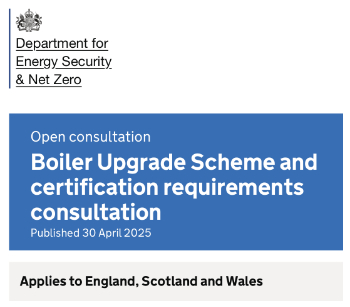Optimised contractor involvement
Optimised contractor involvement (OCI) is a variation of the ‘early contractor involvement’ (ECI) model that has been adopted widely in the infrastructure sector on large and complex projects.
Devised by Steve Rowsell, Procurement Director for Crossrail, OCI is intended to ensure contract packages are subject to effective competition and maximum output with the available resources.
The subtle difference between ECI and OCI is that in ECI, a contractor’s skills are introduced early into a project to bring design buildability and cost efficiencies to the pre-construction phase. In OCI, contractors are brought in at a stage that is late enough for the target price to be quite firm, but early enough for them to be able to influence buildability and value engineering.
ECI has been used on by many public sector construction clients, however, some clients have been reluctant to adopt the strategy because of concerns associated with appointing contractors before permissions such as planning have been granted, and issues to do with attracting accurate and competitive prices from contractors when the design is not yet well advanced.
The OCI approach optimises contractor involvement, rather than simply trying to make it as early as possible, waiting till a point when the contractor is more likely to be able to offer an accurate and competitive price.
The contractor input into the design under OCI generally takes place post contract award, whereas in ECI, it takes place pre-contract award, under an arrangement such as a Pre-Construction Services Agreement.
The OCI approach may adopt a two stage selection process. The first stage is based on an assessment of the contractor’s technical and quality competence. The second stage involves the shortlisted tenderers carrying out a review of the client’s design. The tenderers then submit their final proposals, including a target price.
[edit] Find out more
[edit] Related articles on Designing Buildings Wiki
Featured articles and news
An engaging and lively review of his professional life.
Sustainable heating for listed buildings
A problem that needs to be approached intelligently.
50th Golden anniversary ECA Edmundson apprentice award
Deadline for entries has been extended to Friday 27 June, so don't miss out!
CIAT at the London Festival of Architecture
Designing for Everyone: Breaking Barriers in Inclusive Architecture.
Mixed reactions to apprenticeship and skills reform 2025
A 'welcome shift' for some and a 'backwards step' for others.
Licensing construction in the UK
As the latest report and proposal to licence builders reaches Parliament.
Building Safety Alliance golden thread guidance
Extensive excel checklist of information with guidance document freely accessible.
Fair Payment Code and other payment initiatives
For fair and late payments, need to work together to add value.
Pre-planning delivery programmes and delay penalties
Proposed for housebuilders in government reform: Speeding Up Build Out.
High street health: converting a building for healthcare uses
The benefits of health centres acting as new anchor sites in the high street.
The Remarkable Pinwill Sisters: from ‘lady woodcarvers’ to professionals. Book review.
Skills gap and investment returns on apprenticeships
ECA welcomes new reports from JTL Training and The Electrotechnical Skills Partnership.
Committee report criticises UK retrofit schemes
CIOB responds to UK’s Energy Security and Net Zero Committee report.
Design and construction industry podcasts
Professional development, practice, the pandemic, platforms and podcasts. Have we missed anything?
C20 Society; Buildings at Risk List 2025
10 more buildings published with updates on the past decade of buildings featured.
Boiler Upgrade Scheme and certifications consultation
Summary of government consultation, closing 11 June 2025.
Deputy editor of AT, Tim Fraser, discusses the newly formed society with its current chair, Chris Halligan MCIAT.























